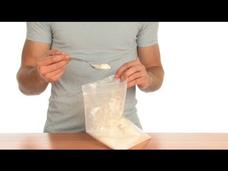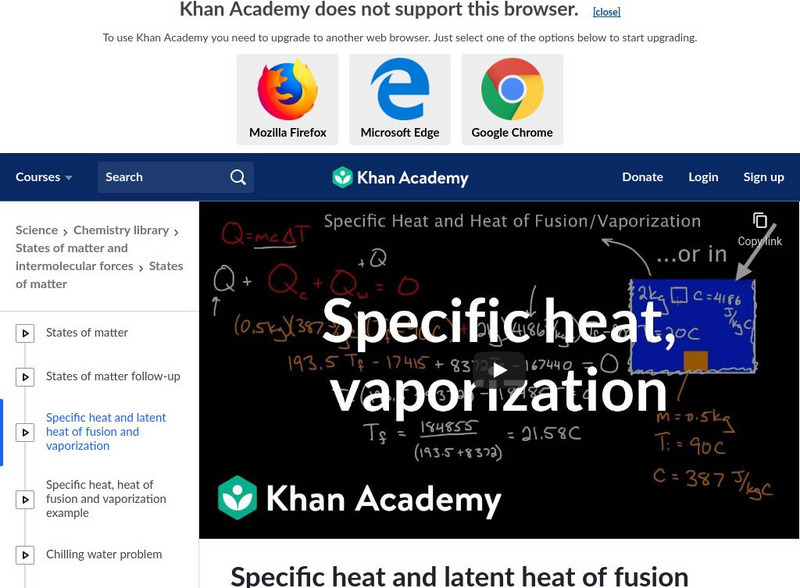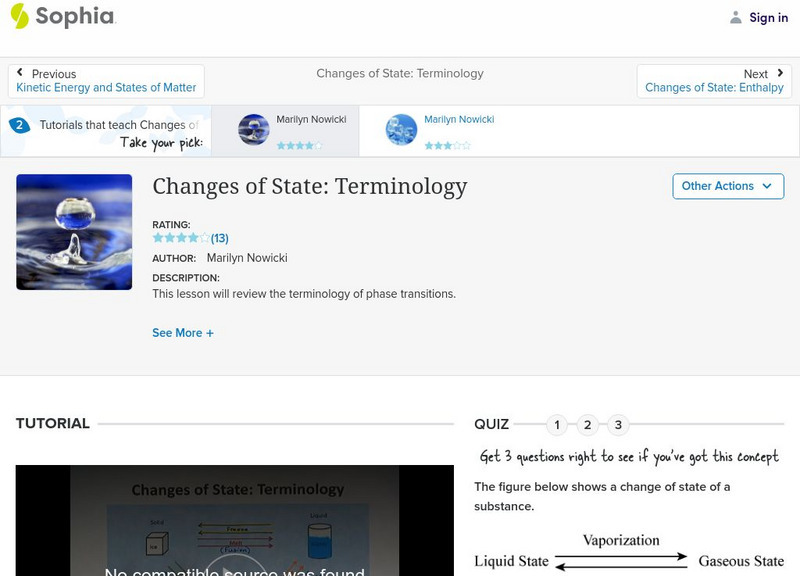Getty Images
Animation of ice molecular movement, as ice melts from cubic lattice structure
Animation of ice molecular movement, as ice melts from cubic lattice structure
Getty Images
Animation of ice molecular movement, as the molecules of frozen water melt and refreeze. The animation starts with a cubic group of ice molecules in a crystalline lattice
Animation of ice molecular movement, as the molecules of frozen water melt and refreeze. The animation starts with a cubic group of ice molecules in a crystalline lattice
Bloomberg
The All-Seeing Eye in the Sky
Jun.28 -- Silicon Valley based startup Planet has one goal: to take a picture of the entire planet every day. To do that, they need to launch the largest number of satellites in human history. In this episode of Ventures, Bloomberg...
Curated Video
Glass that lets in light but not heat
London, UK - 8 September 2004
1. Wide shot people in park
2. Tilt up from man sunbathing to man on mobile phone
3. Wide shot bus
4. People getting onto bus
5. Wide shot exterior of underground station
6. Mid shot people leaving...
Education Development Center
What's Cooking? Water
What a fresh approach to learning about water! Chef Jamika Pessoa explains the chemical composition of this vital compound, what happens when heat is added or removed, and how much water is contained in different organs and...
Steve Spangler Science
Homemade Ice Cream - Sick Science! #041
Here is the recipe for making ice cream in a couple of zip-top plastic bags. It is a fun way to demonstrate phase changes, especially when the weather is hot! Use this in your elementary science curriculum when introducing the states of...
Steve Spangler Science
Play and Freeze - Having Fun Making Ice Cream
Steve Spangler has created a toy that relies on science to make ice cream! He uses a ball with two cylinders inserted. One contains rock salt and water, while the other contains the ice cream ingredients. Once sealed, a family kicks the...
Steve Spangler Science
Instant Freeze - Soda Ice
Here is a fun display that will help your physical science fanatics understand freezing points and crystal formation. Use rock salt, sparkling water, and ice to create a -10¡C bath. Place full bottles of soda into the slurry to supercool...
Steve Spangler Science
Freezing Liquid - Cool Science Fair Project
Spangler leads an 11 year old scientist through the processes behind his science fair project, which was designed to see if any common household liquids (besides water) would expand when frozen. Liquids such as motor oil, ethanol,...
Curated OER
Dry Ice Fun for a Spooky Halloween
Create a cauldron of bubbling fun with this Halloween-themed demonstration idea. Using dry ice, Steve Spangler creates a crystal ball. If you compare the sublimation of dry ice to the melting of water ice, it is a wonderful way to...
Khan Academy
Khan Academy: Specific Heat and Latent Heat of Fusion and Vaporization
A video lecture explaining specific heat, heat of fusion, and the heat of vaporization. See a step-by-step example of how to calculate the amount of heat needed to change the temperature of water. Also explored is the energy required to...
Khan Academy
Khan Academy: Specific Heat and Latent Heat of Fusion and Vaporization
Defining specific heat, heat of fusion, and heat of vaporization, learn how to calculate the amount of heat to change the temperature of water and the energy required to change for a phase change. [14:57]
PBS
Pbs Learning Media: Good Thinking!: Make It Rain!
Become more effective in the classroom by watching this video on the common misconceptions student have about the weather, the water cycle, and phase changes. [8:40]
University of Florida
Chemistry 2041 Lecture Notes: Phases and Equilibrium
An extensive set of notes and graphics (excellent graphics) pertaining to the phases of matter, phase changes and the energy changes associated with changes in phase. Characteristic properties of solids, liquids and gases are discussed....
Sophia Learning
Sophia: Enthalpy Calculation
This lesson will provide an example of calculating the total amount of energy required for water to change from a solid at a temperature below zero celsius to a gas at a temperature above 100 degrees. A labeled phase change diagram will...
Sophia Learning
Sophia: Reading a Phase Diagram: Lesson 1
This lesson will define and locate the triple point and critical point on a phase diagram and illustrate how to extract other specific date points from the graph. It is 1 of 2 in the series titled "Reading a Phase Diagram."
Sophia Learning
Sophia: Changes of State: Enthalpy: Lesson 2
This lesson will illustrate the energy changes that occur during changes of state by defining and using the concept of enthalpy. It is 2 of 2 in the series titled "Changes of State: Enthalpy."
Sophia Learning
Sophia: Changes of State: Terminology: Lesson 2
This lesson will review the terminology of phase transitions. It is 2 of 2 in the series titled "Changes of State: Terminology."
Crash Course
Crash Course Physics #21: Kinetic Theory and Phase Changes
How the heck do we map out a planet without oceans? NASA had to figure that out when we sent the Mariner 9 probe to Mars. There's some tricky, yet fascinating science behind all of it! In this video episode of Crash Course Physics, Shini...
Crash Course
Crash Course Kids 3.2: Part(icles) of Your World
In this Crash Course episode, Sabrina talks to us about matter and particles and that all matter is made up of particles. Also, she shows us how matter can change states from a solid to a liquid, a liquid to a gas, a gas to a solid, or a...
PBS
Pbs Learning Media: Phase Changes: Phases of Matter
This animation explains what happens to particles when an ice cube melts or water boils.
Khan Academy
Khan Academy: Specific Heat and Latent Heat of Fusion and Vaporization
Defining specific heat, heat of fusion, and heat of vaporization. How to calculate the amount of heat to change the temperature of water and the energy required to change for a phase change. [14:57]

















